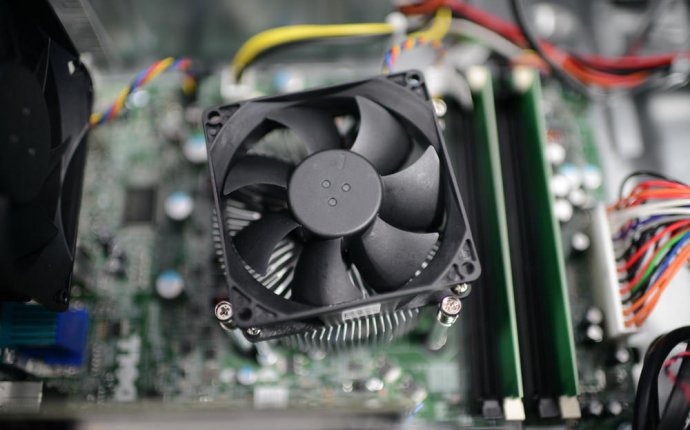
Best Bitcoin mining calculator
In early 2013, Jeff Garzik received the first Bitcoin mining ASIC, produced by Avalon. While one other company may have produced a functional BTC mining ASIC around the same time, Avalon was the first to develop, manufacture, and sell these incredible mining rigs to the public. His review of the Avalon ASIC confirmed that not only was Bitcoin mining worth it, but could be incredibly profitable. His comments on it’s mining power, and how many bitcoins it mined, are eye opening:
Performance is much higher than announced. 60 Ghps was announced. The unit’s cgminer self-reports 67.5 Ghps.
and
After 20 hours of mining, the unconfirmed + confirmed rewards equal 0 BTC.
This Bitcoin miner was mining over 15 BTC per day! Of course, for anyone involved with mining today, 67.5 GH/s seems like nothing. Today, one would be lucky to get 0.0007 BTC per day with that hashrate, according to our Bitcoin mining calculator, and the fact that it used over 600 watts of power, makes operating the machine a losing proposition. In fact, by the time most of the pre-orders were shipped, the machines were barely profitable. I did make a small amount of profit with my batch 2 Avalon ASIC, which I had managed to get up to almost 80 GH/s, but not very much.
However, at that time, the top end GPUs were only capable of mining at a rate of 500 MH/s – 1 GH/s (with 1 GH/s requiring perfect conditions and incredible optimization), and often consumed 200-400 watts of power when mining bitcoins.
Though, to be fair, Butterfly Labs had successfully produced their first Bitcoin mining “miniRig” in mid 2012, which utilized 18 boards, with 2 45nm FPGAs on each board, and was capable of mining at ~25 GH/s while consuming ~1, 260 watts.
For those of you that did not know why Butterfly Labs was so trusted by the Bitcoin community, or did not understand why so many people were willing to pre-order their ASICs, this is why. The first miniRig was exceptionally successful, and the powerhouse of the pre-ASIC period.
Still, Avalon’s first ASIC, which was based on ancient 110 nm architecture, managed to mine at over twice the miniRig’s rate, for around half of the power consumption, and was sold at a fraction of the cost of the miniRig. These machines started a revolution in mining that resulted in the Bitcoin network containing a level of processing power that has never been reached before in human history.
Yes and no, depending on your situation. The emergence of ASICs created an arms race that made investing in Bitcoin mining machines more volatile, and risky, than Bitcoin itself. As Bitcoin ASICs began with the 110 nm Avalons, which was architecture available in traditional CPUs in the early 2000s, many companies sprung up to work toward out the next generation, with hopes of eventually reaching “state-of-the-art”, which is ~22 nm at the moment.









